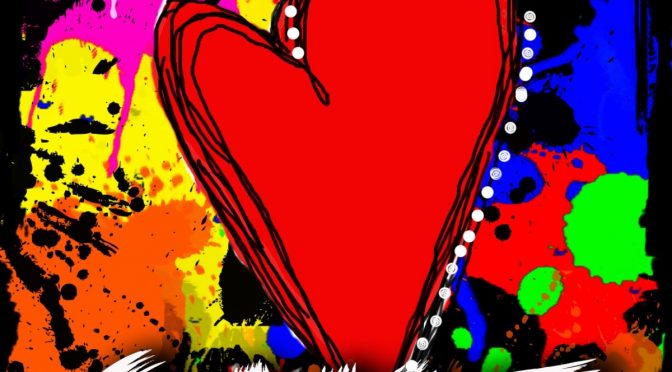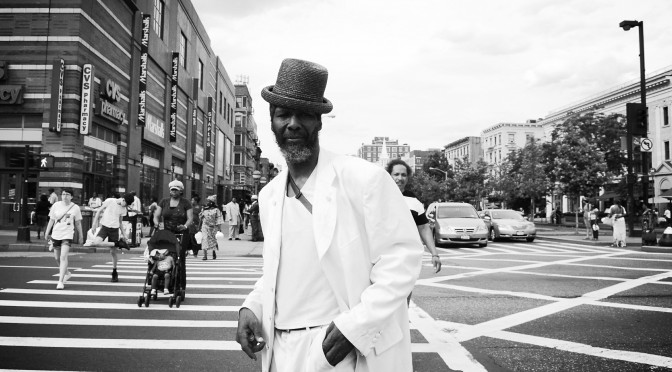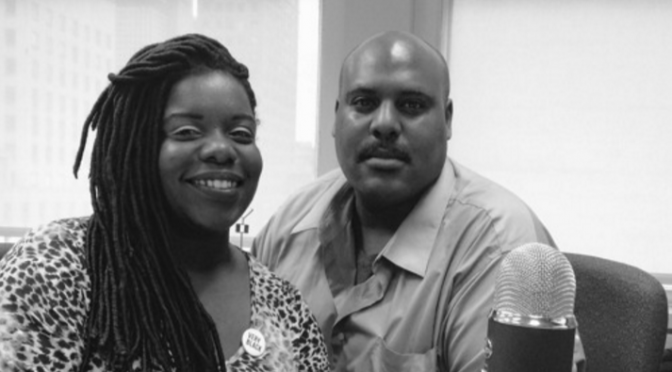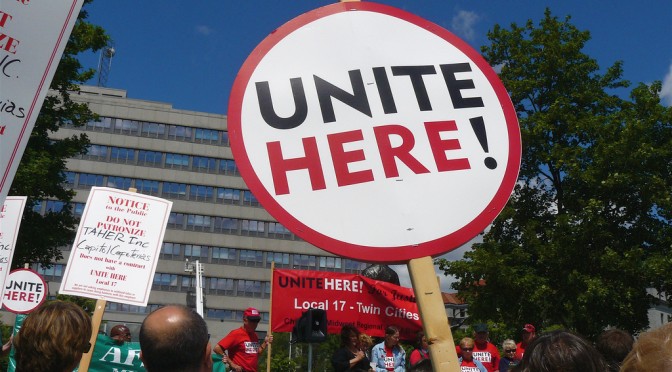By Samina Shahidi
For the full text of “Albanza,” by Martin Espada, visit the poet’s website at MartinEspada.net.
In the prose poem “Alabanza,” acclaimed poet Martin Espada honors the forty-three members of Local 100 who died in the attacks on the Twin Towers on September 11, 2001. These workers staffed the Windows on the World restaurant, located at the top of the North Tower.
The first two stanzas of “Alabanza” begin with deft, quick portraits animated by the music of bread and eggs: a cook from Fajardo whose blue eyes echo Spanish and American invasions of Puerto Rico. The tattooed “oye” on his shoulder, an exclamation that shares shades of meaning across several languages and cultures, underlines the transcendence of words. Each worker carries familial histories in bodies as they move through daily routines of feeding customers.
Espada’s next sketches build on these personal moments by intentionally linking histories of structural conquest and labor movements in the Caribbean. The roll call of migrant and immigrant workers listed in this poem serve as remembrance. In its breathtaking diversity, it is also a reminder that our cities are points for labor flows affected by agrarian and trade agreements and military campaigns. Espada avoids commenting on the attacks on the Twin Towers themselves, but instead directs us to the unspoken lives and labor struggles represented in the poem. As the poem opens outward, it moves beyond our imaginations.
Learn more about Martin Espada.
For more information, explore:
Puerto Rico in the American Century: A History Since 1898
By César J. Ayala, Rafael Bernabe
Photo by cursedthing via flickr (CC-BY-ND)






